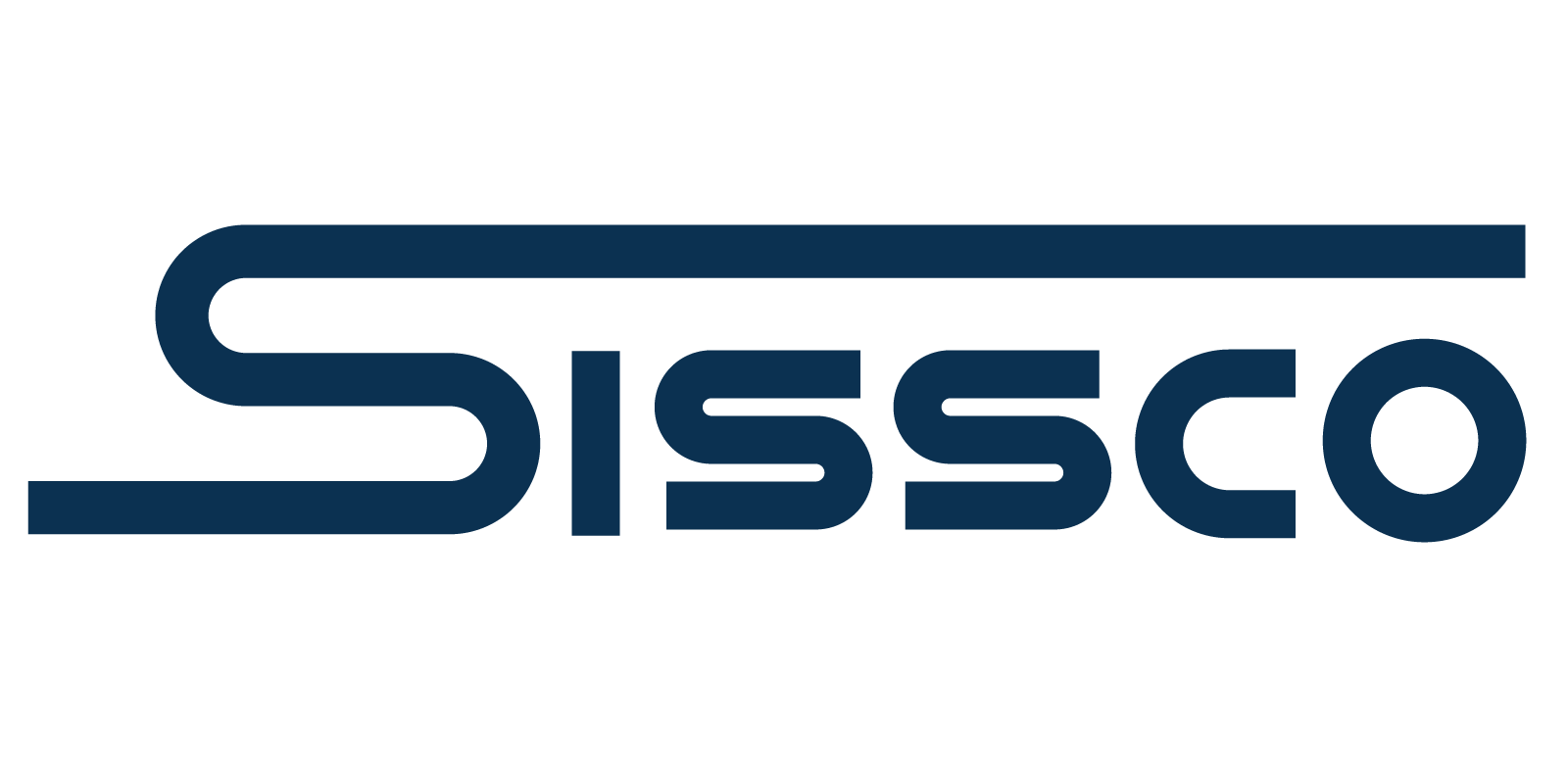Does your business use a crane during your daily operations? Knowing the best practices of the industry is essential to keeping your business efficient and operating. If you use hooks for rigging, everyone operating the crane must know the best way to inspect, maintain and use them. The following tips are recommended by countless crane manufacturers and operators.
Closed Vs Semi-Closed Crane Hooks
Safety also depends on choosing the right hooks for the job. When choosing the best hook attachments, you need to pick between closed and semi-closed crane hooks. Closed crane hooks make a complete, locking connection between the hook and the load. This offers the highest level of safety and stability but it can be more difficult attaching and detaching loads. If more versatility is required for a job, semi-closed crane hooks are easier to attach/detach while still maintaining more lift security than a completely open hook.
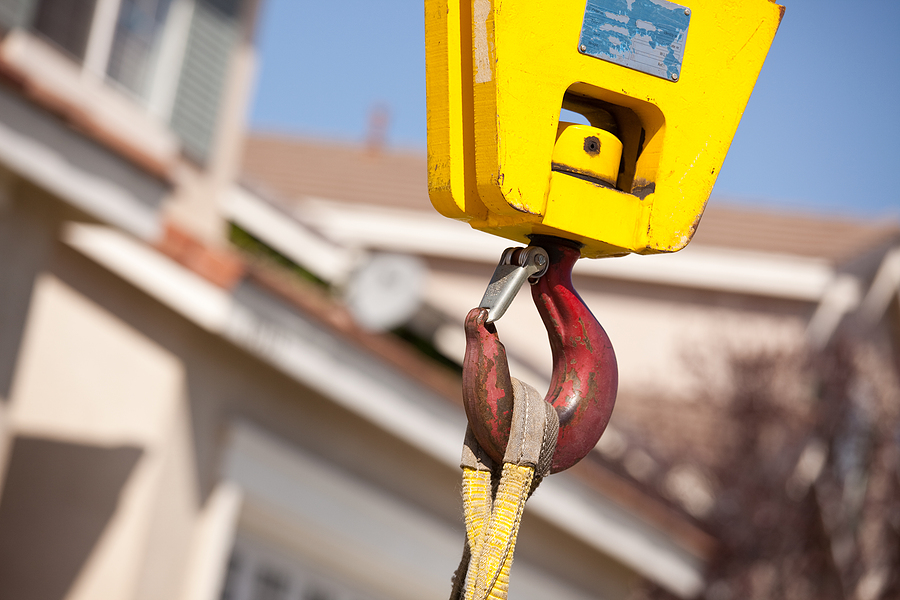
Hook Inspection
All crane hooks need to be thoroughly inspected. They must have the manufacturer’s identification as well as the rated load identification as is required by the American Society of Mechanical Engineers (ASME). Any time new hooks are installed, modified or repaired, they must be properly inspected before put into use. All hooks must then be inspected frequently throughout their lifespan. The frequency of inspection depends on how often the hook will be in use, the operating conditions the hook is under, and the nature of the lifting operation. Intense use may require daily inspections, while light use may only necessitate monthly inspections.
Out of Service
Any hook not in proper working condition shall be tagged, and removed from service. If a hook is missing or has illegible manufacturer’s identification, it shall be removed. The same goes for the rated load identification, as it must be legible on the hook. The physical condition of the hook must also be satisfactory. Excessive corrosion, wear, cracks, gouges, nicks, deformities can all disqualify a hook from service. Any damage that occurs to hook attachments can also disqualify a hook from service. Any broken latches, stretched openings, or broken locks are unacceptable. Finally, if the hook has had any alterations done that were unauthorized by the crane manufacturers, it is not suitable for use, and shall be removed from service.
Best Storage Conditions
Overhead crane operators must also use the best practices for storing hooks. Crane manufacturers recommend storing hooks in an area that is dry, will not hit extreme temperatures and away from things that could cause chemical exposure or mechanical damage to the hook. Extreme temperatures and chemically active environments are also problematic conditions to operate cranes under.
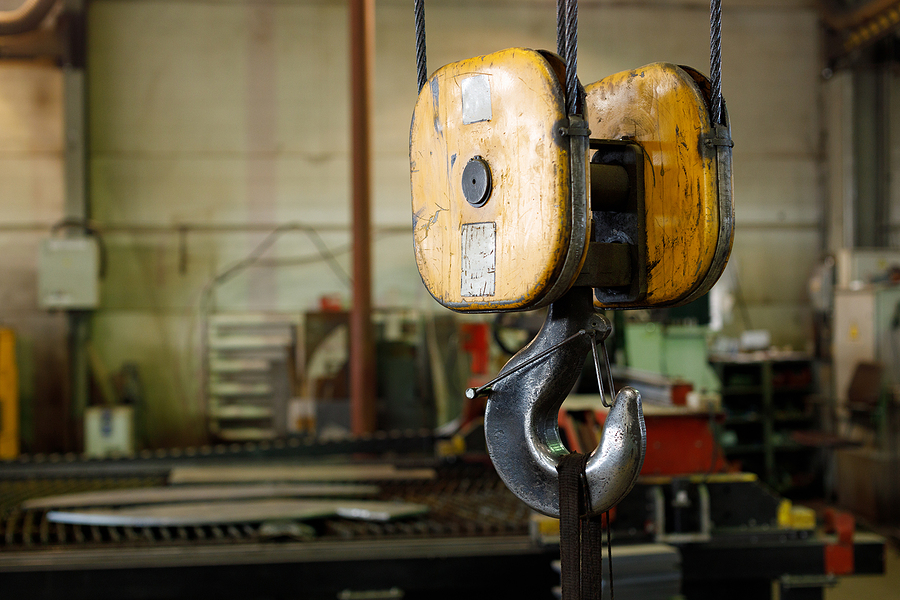
Trusted Crane Manufacturers
Are you looking for reputable crane manufacturers? Look no further than Sissco Material Handling Equipment. As an Executive Member of the Crane Manufacturers Association of America (CMAA), we know the importance of having the right personnel. We provide equipment that is designed by qualified engineering personnel, manufactured with strict quality control processes, and installed by trained experienced technicians.
We tailor our crane & hoist service to your specific needs, providing you with highly trained technicians, mechanics, and electricians to ensure your equipment is running optimally at all times. As a master parts distributor for all major manufacturers, we offer efficient customer service and same day service on our parts. We will help you identify the parts you need and work with you to minimize your downtime. We offer the best service in the business, don’t settle for less! Contact us today.

